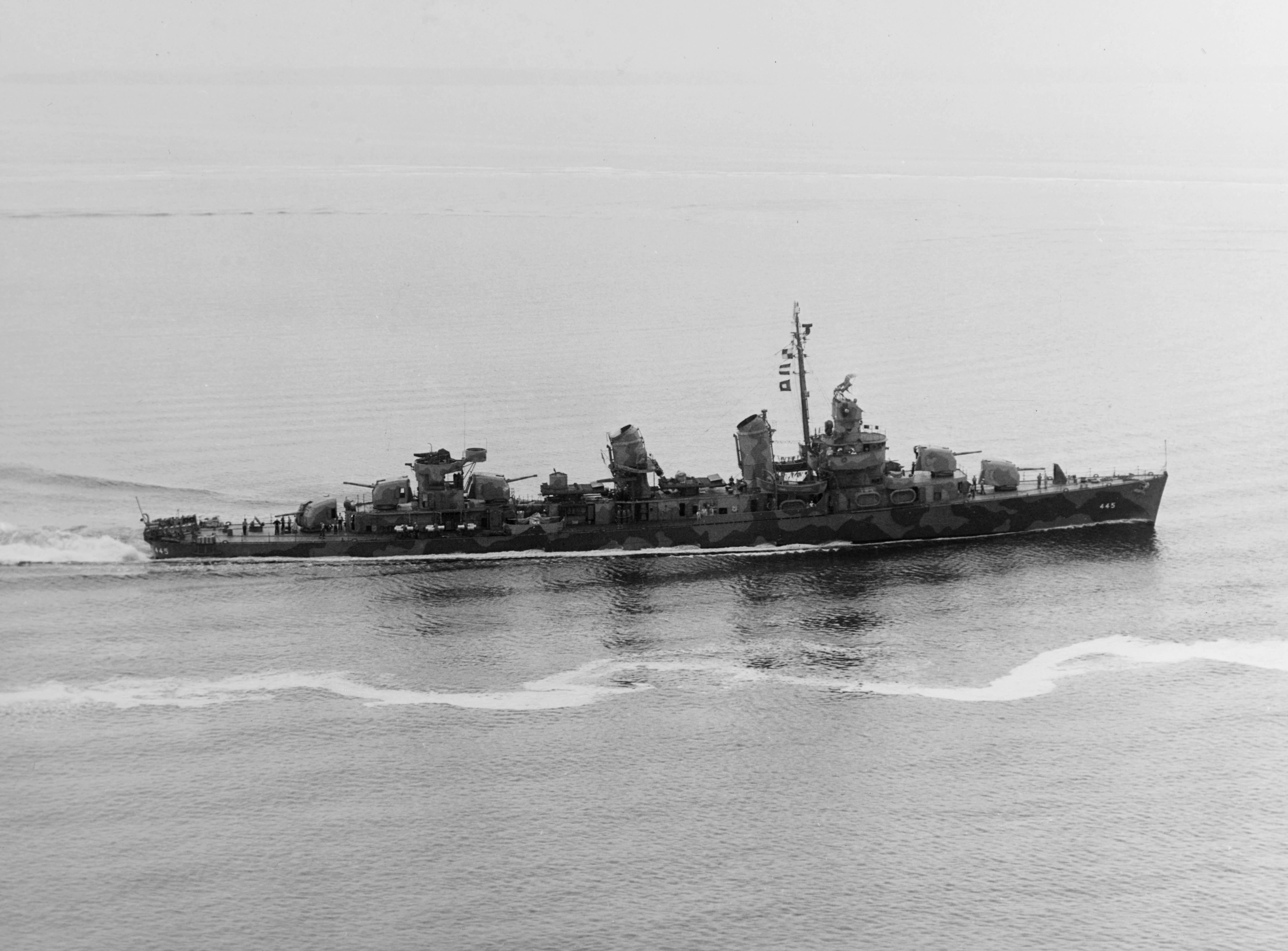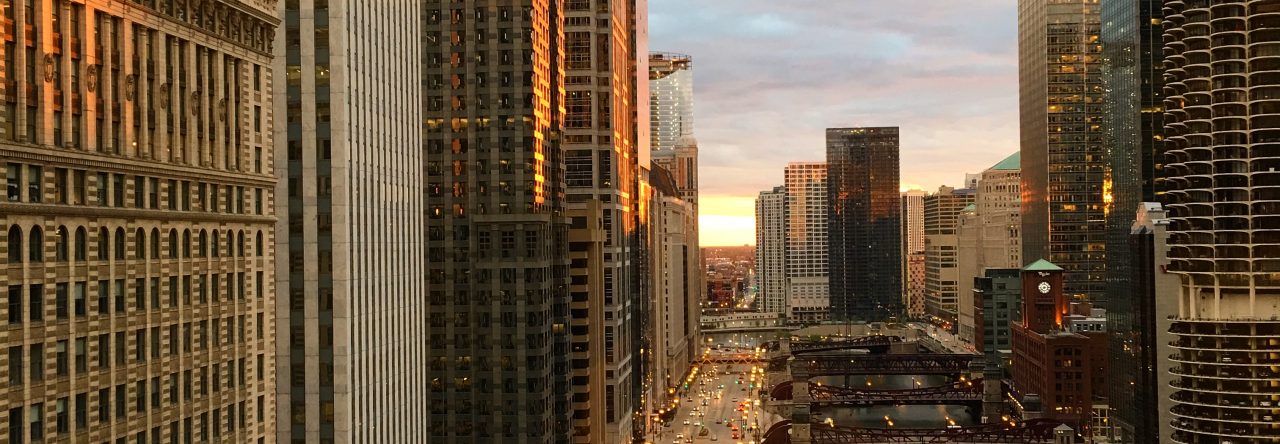
What would the Greatest Generation think of us?
I had to write a paper for a doc class this summer that examined the history of community colleges in a national, state, and local context, an assignment that gave me the opportunity to revisit Bill Moose’s very good history of Mitchell Community College. The college’s narrative is one of institutional persistence, of the gut-borne determination to survive.
In the fall of 1918, as the first World War was drawing to a close, the flu pandemic forced Mitchell to close its doors and send its students home. The town mostly shuttered and folks stayed put. The college’s women returned in December; they attended classes six days a week to make up for lost time, taking only Sundays and Christmas Day off.
In the spring of 1919, the flu returned, but this time the college stayed open. Women’s colleges of the day were unapologetically strict about letting their fragile charges wander outside the buildings anyway, so this version of a “stay-at-home” order fit in naturally with the college’s normal operations.
Moose spends only a few paragraphs on the 1918 flu pandemic–there were other, more pressing existential issues the college was dealing with–and there are no student letters or administrative records that offer more than a glimpse at what was happening on campus at the time. We don’t know if the women were scared, or if they lost family members to the flu. There’s no indication as to how they tolerated their restrictive environment that spring, or if they believed in the pandemic at all.
A couple of weeks ago, as our local board of education heard the report detailing our school district’s plan for reopening next month, one board member made a comment that the current pandemic was the first crisis during which Americans ran away from the challenge. His comment initially rubbed me the wrong way, mostly because it seemed to be a prosecution of the return-to-school plans the district had worked so hard upon.
I have my own doubts about the plan, which brings students physically into the school house only two days a week, designating the rest for online, virtual instruction. My doubts have more to do with our community’s collective ability to rise to the ethical maturity this situation demands of us, though. Our polarized climate has tribalized us, driving us into camps of varying belief and practice, and one camp seems far too dismissive of our current situation to relieve my worries. This virus does not discriminate.
Our local school district’s leaders have worked tirelessly to create a plan to bring children back to school–arguably the greatest logistical challenge they’ve faced. Still, the board member’s comment gnawed at me. Is his observation–that we’re running away instead of standing our ground–accurate?
Last weekend, I flipped on the new Tom Hanks movie, Greyhound, on AppleTV. It’s a short film, not even 90 minutes long, and its austere detail is more of a character sketch than anything else. The terse story follows Hanks’ character, who captains a destroyer shepherding convoys of American troops across the Atlantic to fight Axis powers in WWII. During that journey, there was a long stretch of Atlantic where air cover wasn’t available, and destroyers like the Greyhound were tasked with defending the convoy from German U-boat attacks.
Greyhound is an entirely fictional story, and Hanks’ captain never existed, but the film still plumbs the sort of nerve we can imagine his real-life counterparts–and their real-life crews–must have possessed in order to function and survive such merciless encounters. Tom Hanks’ character wouldn’t let some silly virus scare him, right? He would charge ahead, full of staid conviction, ready to leap from the bow of his destroyer and storm the beaches. Or at least he’d probably volunteer to drive a bus full of kids to school.
It is easy to oversimplify and pull a string from Greyhound’s fictional order of heroism to today’s “Karens,” pitching styrofoam packages of meat from their grocery store carts after being asked to wear a face covering. The juxtaposition is too easy, too convicting. It especially dismisses the context of war–the morality, the trauma, the gauzy-eyed reflections of a great generation–and it feasts upon stereotype. It also misses the inherent irony that real-life-Hanks became a global canary when he and his wife contracted the disease. (Hanks says he has “no respect” for folks who cannot at least wear a mask.)
It’s also a gross overstatement to compare how August and its coming school year loom like the beaches of Normandy–but there is no denying the emotional tautness I see among my educator friends. The boats are advancing to shore, full of holes already, and no one knows who will make it through. There’s little sense of control. Before the summer even ended, the school district lost a 53 year-old employee to COVID-19. How many teachers will we lose? How many students?
I think about the artifacts we will leave behind from the summer of 2020, of the notes and tidbits, the records, the letters and emails and Tik Toks, the yard signs, the texts and tweets, the Instagram challenges and memes, the conspiracies, the newspaper clippings, the obituaries, the apathy.
The historians of the future will have quite a record.
It’s possible they will paint the finer context of this strange age in better detail than the histories of 1918 and the 1940s provide. Right now, the narrative is hard to spot. Our vantage point is too close to see which way the arc bends–or even if anyone will believe us anyway when we tell these stories in the decades to come.






Leave a Reply